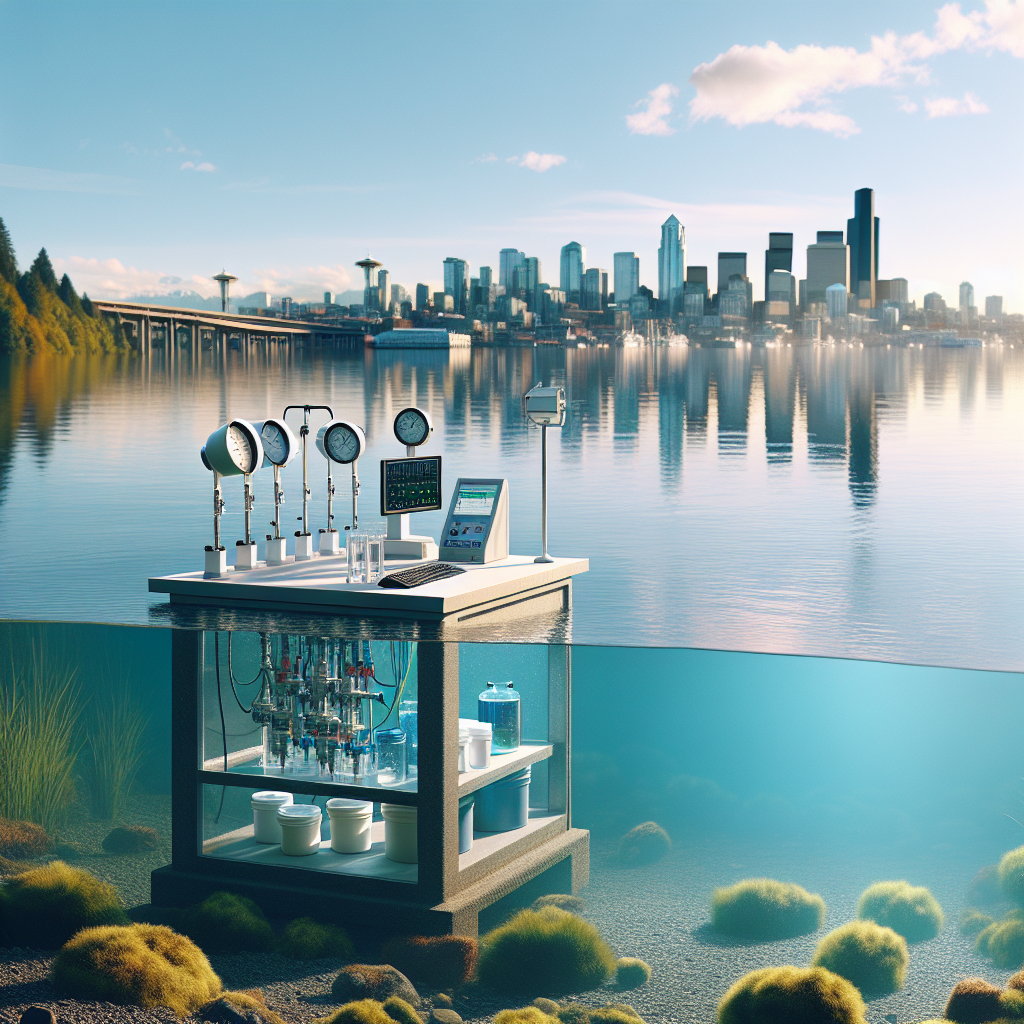Navigating Changes in Seattle Lakes: A Guide to Water Temperature and Quality

Navigating Changes in Seattle Lakes: A Guide to Water Temperature and Quality
Seattle is a city surrounded by water, with its iconic lakes playing a vital role in local ecology and recreation. However, recent studies indicate that rising water temperatures and declining water quality are impacting these aquatic ecosystems and the wildlife that inhabit them. This blog post delves into the current state of Seattle's lakes—Lake Washington, Lake Sammamish, and Lake Union—and offers practical insights for residents and recreational users.
Rising Temperatures: A Double-Edged Sword
The serene waters of Lake Washington are warming, a trend observed over several decades. According to the University of Washington's Center for Urban Waters, surface temperatures have increased by 1-2°C, particularly during the summer months. This warming not only extends the recreational season but also poses a threat to temperature-sensitive species like salmon, which require cool, oxygen-rich environments.
Similarly, Lake Sammamish is experiencing more intense summer heat. This has led to frequent harmful algal blooms (HABs), which produce toxins detrimental to fish and other aquatic life, as highlighted by King County's Department of Natural Resources and Parks.
Water Quality Concerns and Monitoring Efforts
Increased phosphorus levels in Lake Sammamish have contributed to eutrophication, fostering algal blooms. King County Water Quality reports note these trends, emphasizing the need for ongoing monitoring and management strategies.
Lake Union, in contrast, faces urban runoff challenges, with occasional spikes in contaminants. Monitoring by Seattle Public Utilities aims to address these issues, ensuring safe recreational waters.
Impacts on Aquatic Wildlife and Ecosystems
The changing conditions have affected the balance within these ecosystems. Native species are being outcompeted by invasive species that thrive in warmer, nutrient-rich waters, as detailed by the Washington State Department of Ecology. This shift poses long-term risks to biodiversity and the ecological health of the lakes.
Practical Tips for Lake Users
For residents and recreational users, staying informed is crucial. The Seattle Lakes app offers real-time updates on water conditions, advisories, and more, helping you make informed decisions about swimming and other activities.
It's important to heed advisories, especially during peak algal bloom periods, and to respect fishing regulations designed to protect vulnerable species. Updates on these advisories are regularly provided by Seattle Parks and Recreation.
A Call for Adaptive Management
The need for adaptive management strategies is more pressing than ever. Recent research by University of Washington suggests that predictive modeling can guide efforts to mitigate adverse effects on aquatic life. Collaborative actions from government bodies, universities, and environmental organizations are key to preserving these natural treasures.
Conclusion
Seattle's lakes are invaluable for both their ecological significance and recreational opportunities. As water temperatures rise and quality declines, proactive steps must be taken to safeguard these environments. By staying informed and involved, we can all contribute to a healthier future for Seattle's lakes.
For further information on water quality and temperature trends, explore the resources provided by King County Environmental Services, UW Urban Waters, and Seattle Public Utilities.